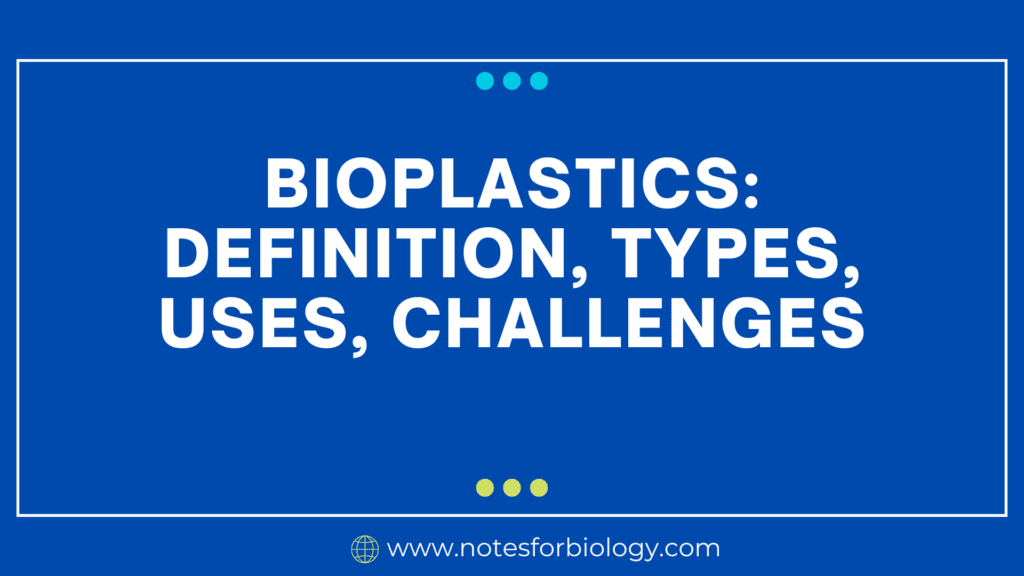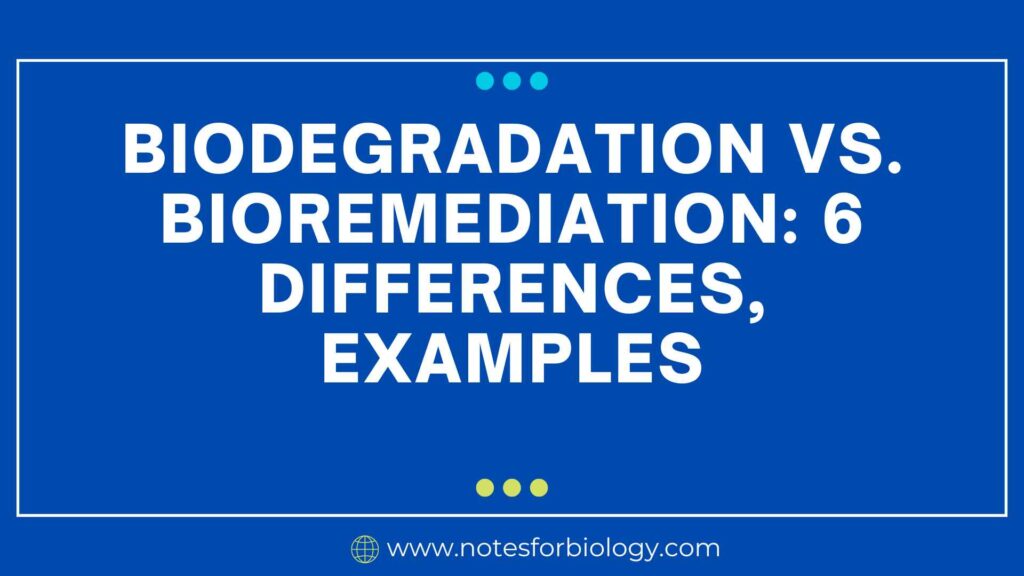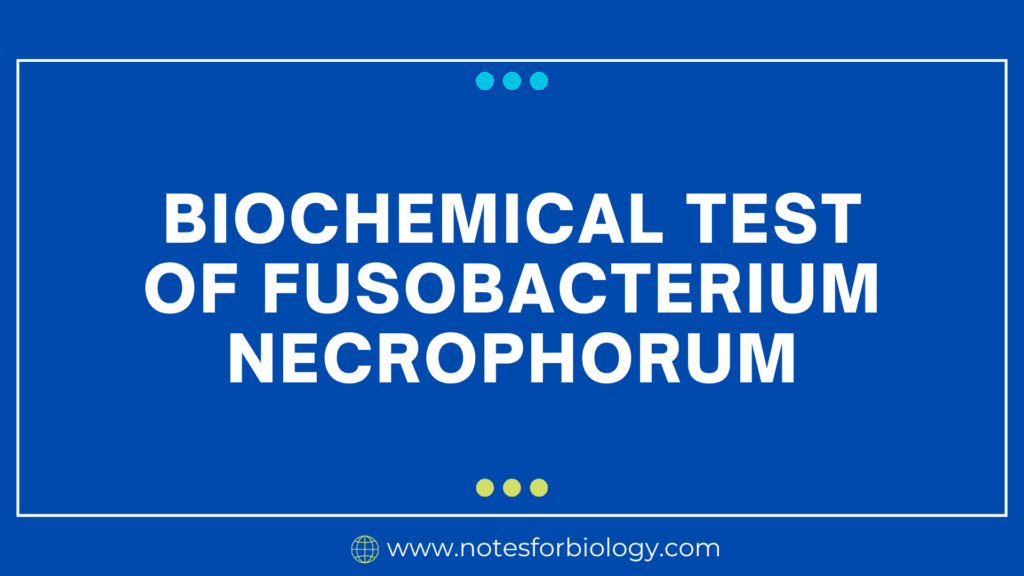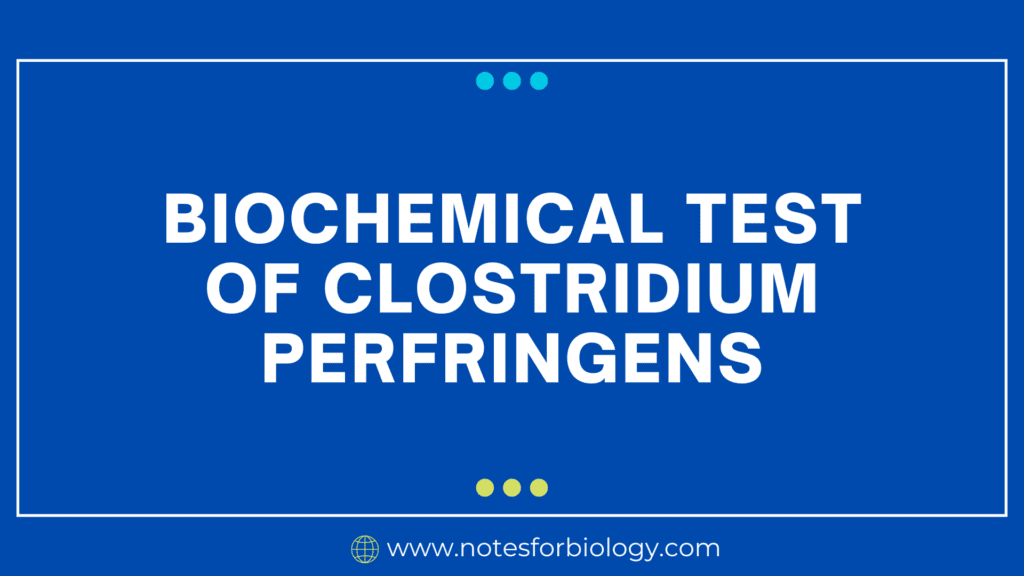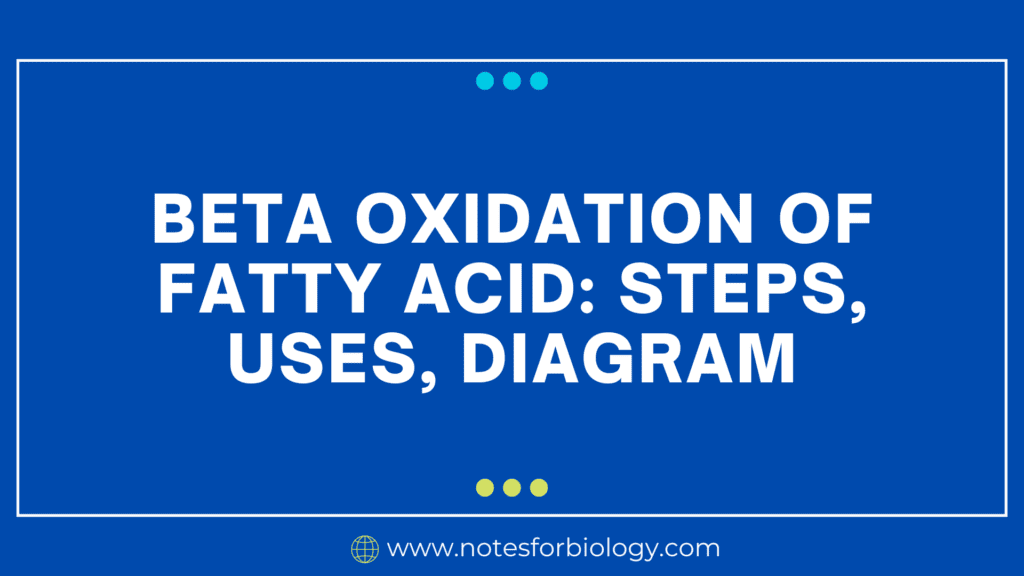Bioplastics: Definition, Types, Uses, Challenges
Bioplastics are innovative materials that provide an alternative to conventional plastics made from petroleum that are created from sustainable biomass sources such plant starch, vegetable oils, and recovered food waste. Depending on their composition, they may be compostable, biodegradable, or non-biodegradable. Definition Bioplastics are a class of plastics made from biologically renewable resources, including recycled […]
Bioplastics: Definition, Types, Uses, Challenges Read More »

